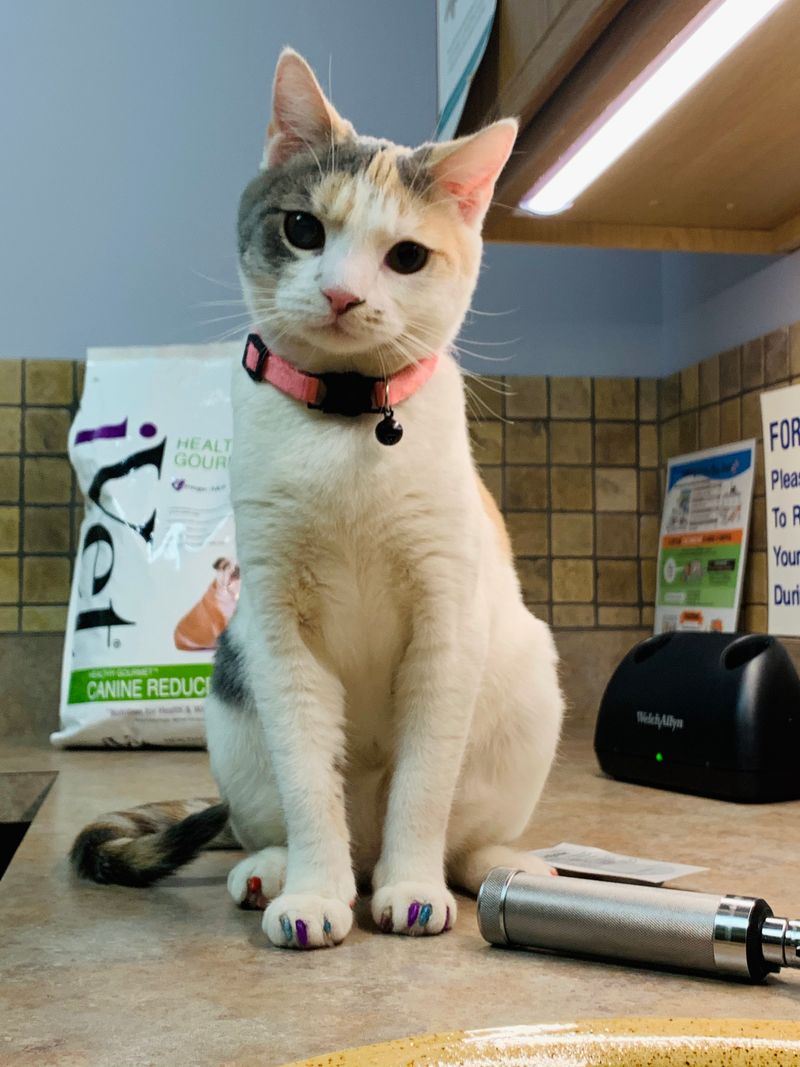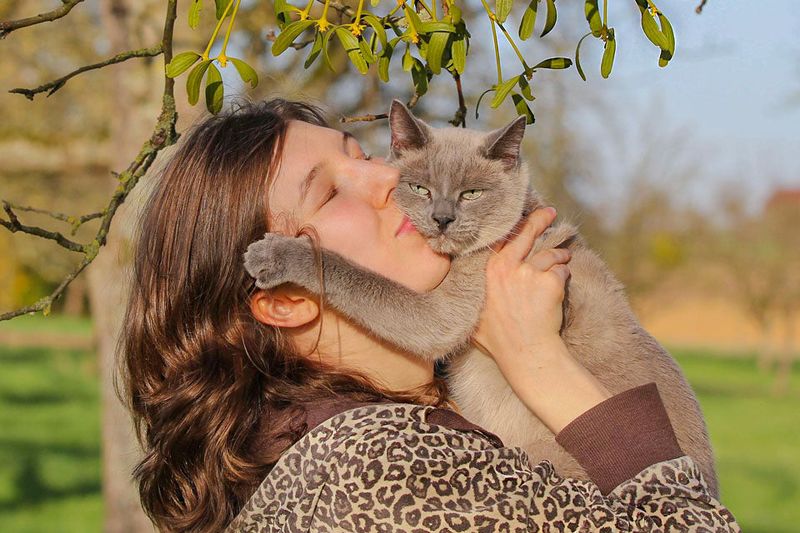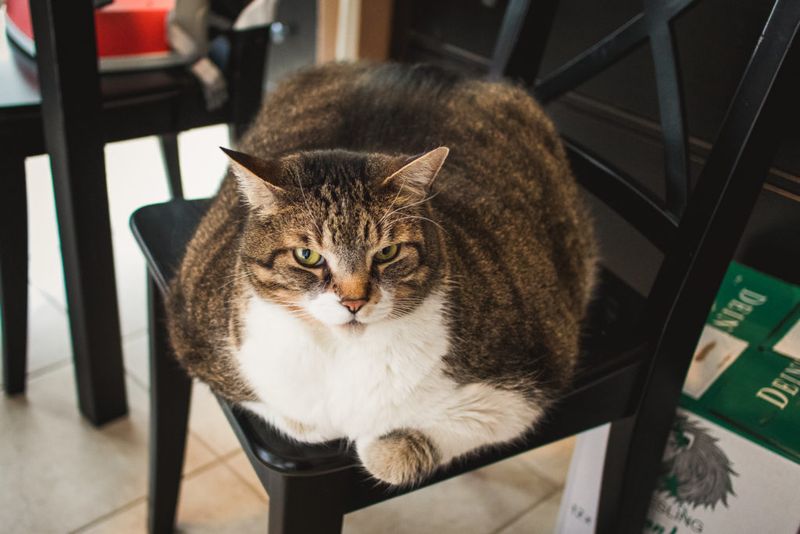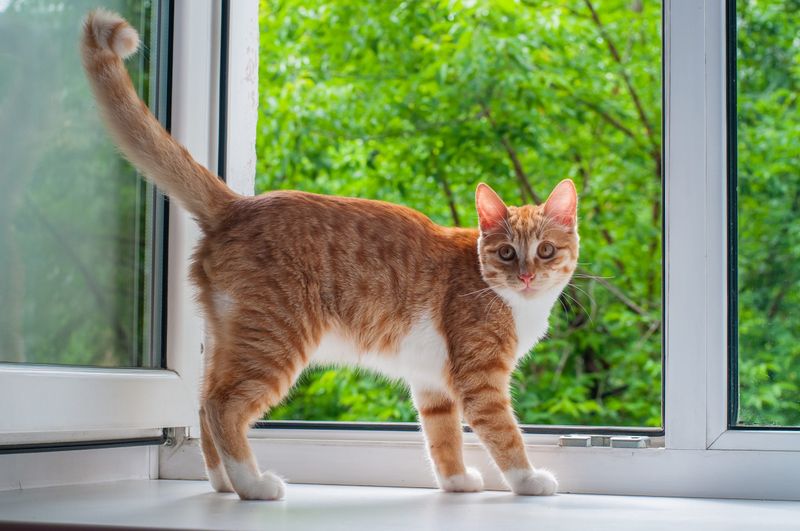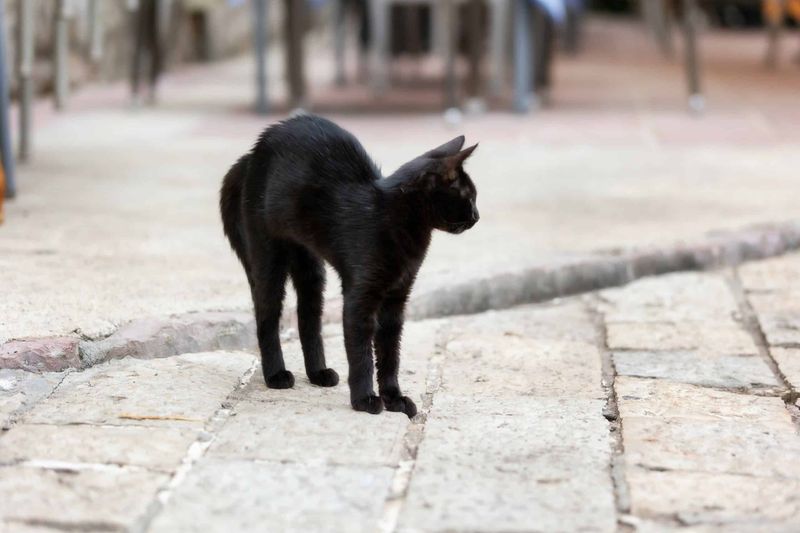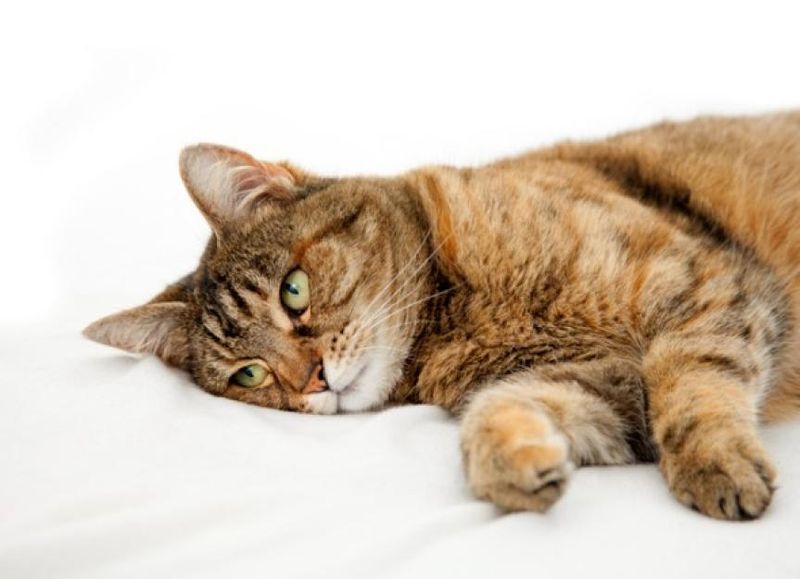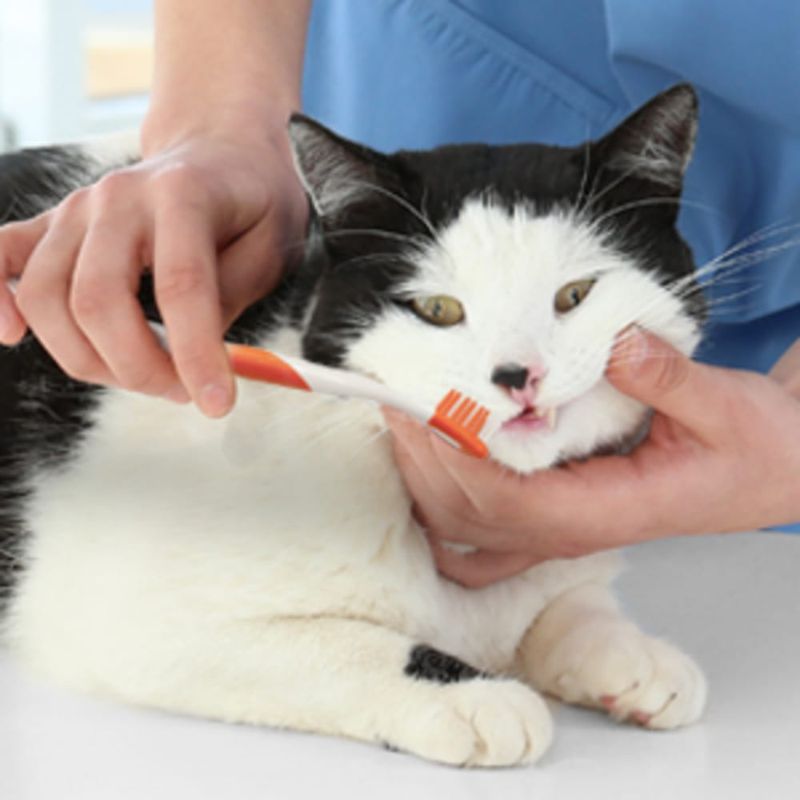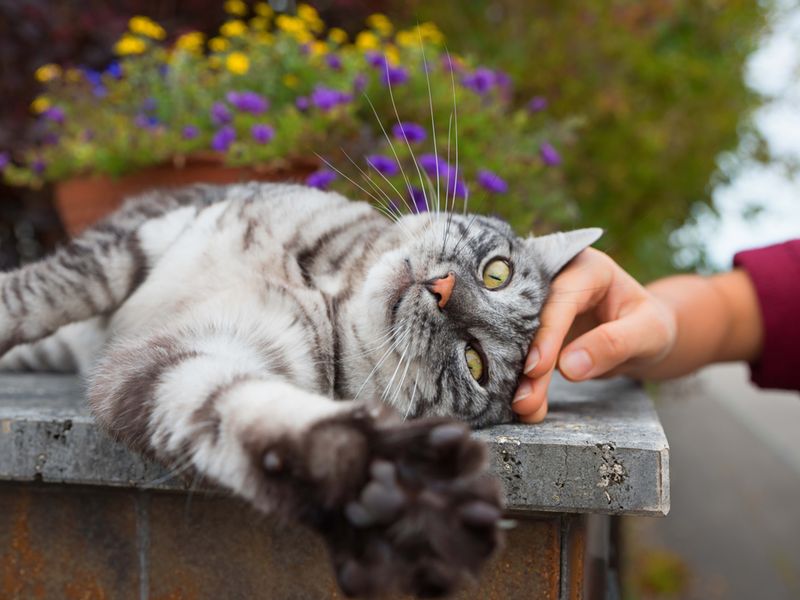📖 Table of Content:
- 1. Cats Are Low-Maintenance Pets
- 2. Cats Only Show Affection When They Want Food
- 3. A Fat Cat Is a Healthy Cat
- 4. Cats Don’t Get Lonely
- 5. Cats Always Land on Their Feet
- 1. Cats Thrive on Routine and Stability
- 2. Cats Use Body Language to Communicate Clearly
- 3. Felines Can Suffer from Depression
- 4. Cats Need Regular Dental Care
- 5. Cats Remember People for Years
Cats are mysterious creatures that have captivated humans for thousands of years. Despite their popularity as pets, there’s a surprising amount of misinformation about our feline friends. Many cat owners base their care decisions on myths rather than facts. Let’s separate fiction from reality by exploring common misconceptions and truths about these fascinating animals.
1. Cats Are Low-Maintenance Pets
Many potential pet owners gravitate toward cats, believing they require minimal care compared to dogs. This widespread misconception leads to neglected feline health needs.
Cats actually require significant maintenance, including regular grooming, veterinary check-ups, and environmental enrichment. Indoor cats need stimulating environments with climbing spaces, scratching posts, and interactive toys to prevent boredom and behavioral issues.
Their litter boxes require daily cleaning, and their diet needs careful monitoring. Dental care, parasite prevention, and regular health screenings are essential for cats. While they may not need daily walks like dogs, cats still demand time, attention, and financial investment to thrive.
2. Cats Only Show Affection When They Want Food
The notion that cats only cuddle when hungry unfairly paints them as manipulative and transactional. Research shows cats form genuine emotional bonds with their humans that extend far beyond mealtime opportunism.
Felines display affection through slow blinks, purring, kneading, and seeking physical closeness. Studies from Oregon State University revealed that many cats actually prefer human interaction over food when given the choice.
Their affection timing often relates to when you’re relaxed and receptive, not when their bowl is empty. Cats communicate love through subtle body language that differs from dogs’ obvious displays. Learning to recognize these quieter signals helps appreciate the authentic connection cats offer.
3. A Fat Cat Is a Healthy Cat
Chubby cats may look adorable in internet memes, but the “chunky kitty” trend has dangerous health implications. Veterinarians warn that excess weight significantly increases risks for diabetes, arthritis, heart disease, and shortened lifespan in cats.
Even a few extra pounds can cause serious health problems for these naturally slender animals. Indoor cats are particularly prone to weight gain due to limited exercise opportunities and often unlimited food access.
A healthy cat should have a visible waist when viewed from above, and you should be able to feel their ribs without pressing hard. Regular weight checks, portion-controlled feeding, and interactive play sessions help maintain optimal feline health. Consult your vet about appropriate weight goals for your specific cat’s breed and build.
4. Cats Don’t Get Lonely
Contrary to their independent reputation, cats experience genuine loneliness when left alone for extended periods. The solitary hunter stereotype overlooks cats’ social nature and emotional needs. Domestic cats form strong attachments to their human families and often to other household pets.
Signs of loneliness include excessive vocalization, destructive behavior, over-grooming, and changes in eating habits.
Many cats benefit from having feline companions, especially if their humans work long hours. Providing environmental enrichment like window perches, puzzle feeders, and rotating toys helps combat loneliness. Some cat owners use pet cameras with interactive features to connect with their cats during absences. Regular playtime and consistent routines also help satisfy cats’ social needs.
5. Cats Always Land on Their Feet
While cats possess an impressive righting reflex that helps them reorient during falls, they don’t always land safely on their feet. This dangerous myth leads some people to be careless about high windows and balconies.
Cats need sufficient distance to complete their mid-air rotation, and even perfect landings can result in serious injuries. Veterinarians regularly treat cats for high-rise syndrome – injuries sustained from falls from buildings.
Shorter falls can actually be more dangerous because cats don’t have time to position themselves optimally. Secure screens on windows, keep balcony doors closed, and never assume your cat will land safely if they fall. Creating a cat-safe home with secure high spaces prevents these potentially fatal accidents.
1. Cats Thrive on Routine and Stability
Cats genuinely flourish when their lives follow predictable patterns. Their natural instincts are deeply connected to timing – from hunting to grooming to resting. Consistent feeding times, play sessions, and even human interactions help cats feel secure and reduce stress-related behaviors.
When routines suddenly change, many cats exhibit anxiety through inappropriate elimination, aggression, or hiding. Their sensitivity to schedule disruptions isn’t stubbornness but rather a biological need for predictability.
During major life changes like moving homes or introducing new family members, maintaining as many familiar routines as possible helps cats adjust. This biological need for consistency explains why cats often seem upset when their humans return from vacation or work unusual hours.
2. Cats Use Body Language to Communicate Clearly
Feline communication goes far beyond meows and purrs. Cats have developed a sophisticated body language system that conveys their emotions and intentions with remarkable precision. Tail positions alone can signal everything from confidence (tall, slight curve) to fear (tucked) to aggression (puffed, twitching).
Ear positions work similarly – forward-facing ears indicate interest and relaxation, while flattened ears signal fear or aggression. Slow blinks, often called “cat kisses,” demonstrate trust and contentment. Even subtle whisker positions provide clues about a cat’s emotional state.
Learning to read these signals helps prevent misunderstandings and strengthens the human-cat bond. When humans recognize and respect feline communication cues, cats become more responsive and trusting companions.
3. Felines Can Suffer from Depression
Mental health issues aren’t limited to humans – cats experience genuine depression that requires attention and treatment. Major life changes like losing a companion animal, moving homes, or family disruptions can trigger feline depression. Symptoms include lethargy, appetite changes, excessive sleeping, reduced grooming, and withdrawal from activities they once enjoyed.
Bored or understimulated cats also develop depression-like symptoms, especially indoor cats without sufficient environmental enrichment. Chronic pain from undiagnosed medical conditions frequently manifests as behavior changes that mimic depression.
Veterinarians can rule out physical causes and sometimes prescribe medications for severely affected cats. Environmental improvements, increased interaction, and establishing predictable routines often help cats recover from milder depression. Never dismiss significant behavior changes as just “cats being cats.”
4. Cats Need Regular Dental Care
Dental health forms a critical but often overlooked aspect of feline wellbeing. By age three, most cats show signs of dental disease that can lead to serious health complications. Bad breath isn’t normal for cats – it typically signals bacterial buildup that causes painful gingivitis and tooth decay.
Left untreated, dental infections can spread to vital organs, including the heart, liver, and kidneys. Regular brushing with cat-specific toothpaste significantly reduces plaque buildup. Special dental diets, treats, and toys designed for dental health provide additional protection.
Professional cleanings performed by veterinarians under anesthesia remove deep tartar and allow examination of areas owners can’t see. Starting dental care routines when cats are young makes the process easier, but it’s never too late to improve your cat’s oral health.
5. Cats Remember People for Years
The remarkable memory capabilities of cats often surprise people who underestimate feline intelligence. Research confirms cats possess both short-term and long-term memory systems that allow them to recognize people they haven’t seen for years.
Their memory particularly excels at recalling experiences with emotional significance – both positive and negative. Cats remember people who fed, played with, or treated them kindly. Conversely, they also remember those who caused stress or discomfort.
This explains why adopted cats sometimes remain wary of certain actions that triggered negative experiences in previous homes. Their social memory helps cats form lasting bonds with specific humans. Reunions between cats and owners after long separations often show touching recognition responses that confirm these memories persist across time and distance.

